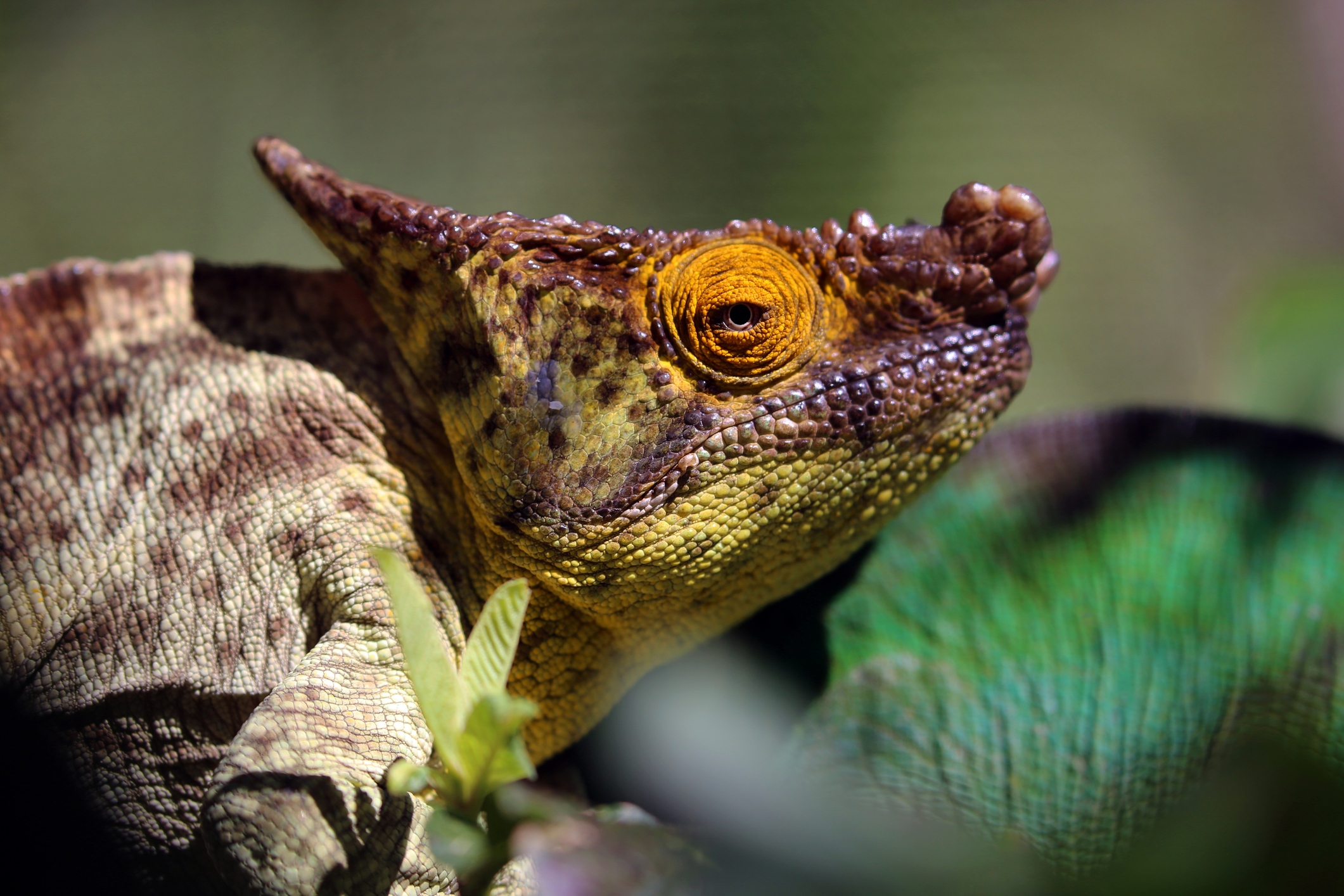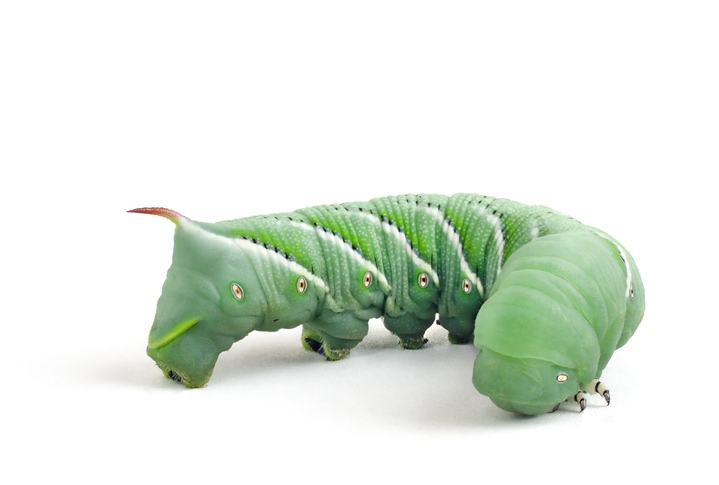
Learn how, what, and when to feed your Parson’s Chameleon
Being as large as Parson’s Chameleons are, you would guess correctly by assuming that it is important to understand their dietary requirements. It isn’t hard to provide Parson’s Chameleons with the proper diet, but it is important that you follow best practices to ensure that your Parson’s is happy and healthy.
What Do Parson’s Chameleons Eat?
In the wild, Parson’s Chameleons are insectivores, primarily consuming a variety of insects. Being opportunistic feeders, they may also eat other small prey, such as invertebrates, or occasionally small vertebrates like birds or lizards. Being in Louisiana, we frequently see Anoles outside, and sometimes, they sneak into our outdoor enclosures. We’ve seen our large Parson’s Chameleons snacking on them several times.

Dubia Roaches
A staple for our Parson’s Chameleons, Dubia Roaches make great feeder insects when they are properly gut-loaded. If you raise your own Dubias, you’ll have them in every size you need to feed Parson’s, from babies to adults.

Crickets
Crickets are great feeder insects for your Parson’s Chameleons, from hatchlings to juveniles. Once your Parson’s are approaching full size, we don’t see the value in feeding them. Only very rarely have our adult Parson’s Chameleons even taken notice of crickets in their enclosure. Pinhead crickets and ones that are up to a week old make great feeders for newly hatched Parson’s.

Hornworms
If there is one feeder that our Parson’s will go out of their way to snatch, it is Hornworms. These big, bright, and juicy caterpillars are a perfect treat to feed your Parson’s Chameleon from time to time.
How often do we feed our Parson's?
Parson’s Chameleons love to eat most of the time. Aside from when they’re in brumation, you’ll rarely find your Parson’s Chameleon turning down food.
The age of our Parson’s Chameleon dictates how often we feed them.
Baby Parson’s Chameleons are fed daily. We’ll throw in some week-old crickets or smaller ones, and it won’t be long before the babies deploy their long tongues to pick up many of them. We have some Parson’s Chameleons in the 4-month-old range, and they will also pick off baby Dubia Roaches and Red Runner Roaches. They seem to really zone in on the movement of the Red Runner Roaches.
We feed our juveniles and adults on the same feeding schedule. We will feed them a few feeder insects almost every day. Sometimes, we’ll skip a day, but not too often. Obviously, if your Chameleon is becoming plump, you’ll want to dial back the amount or frequency of your feedings. This is especially important in breeding-age females. Females will develop fat deposits that make it difficult to pass eggs. If you do not catch this, it could lead to the death of your Chameleon. So, keep your adults mean and lean! Well, maybe not mean.
Supplementation for Parson’s Chameleons
Using the proper supplements, and using them properly, is an important part of your Parson’s Chameleon husbandry. Before we dive a little deeper into the topic of Supplements, we want to give a disclaimer:
What works for us and our Chameleons may not work for you. More than likely, it will. However, everyone’s situation is different. You may gut-load your insects differently than we do, your chameleons may get more sun than ours, and so on. So, you will want to start using a supplementation regiment like ours, but you may have to change things up if you’re seeing issues pop up. And then again, maybe you’ll do what we do, and it works perfectly : )
So, how do the supplements end up inside your Chameleon? Easy – you dust your feeders with the supplement powder. We use 32-ounce deli cups to hold the insects to be fed. Into that deli cup, we add the supplement and give it a good shake. You’ll want to coat the insects with the supplement powder, but you don’t have to go wild. A light dusting is all it takes. Sometimes, we’ll add more supplements (usually calcium), but most of the time, a light dusting is what we go with.
What Supplements do we use?
We use a few different supplements with our Parson’s Chameleons.
Arcadia EarthPro-A
Arcadia EarthPro-A is our go-to calcium supplement. Arcadia supplements have become more popular over the last few years, and for good reason—they work! EarthPro-A also supplies other essential vitamins and minerals that your Chameleon needs for health and vitality.
Sticky Tongue Farms Miner-All
A newer addition to our supplement routine, Miner-All from Sticky Tongue Farms is a great product Craig Durbin of Primo Chameleons recommended to us. We use this formula instead of EarthPro-A twice a month.